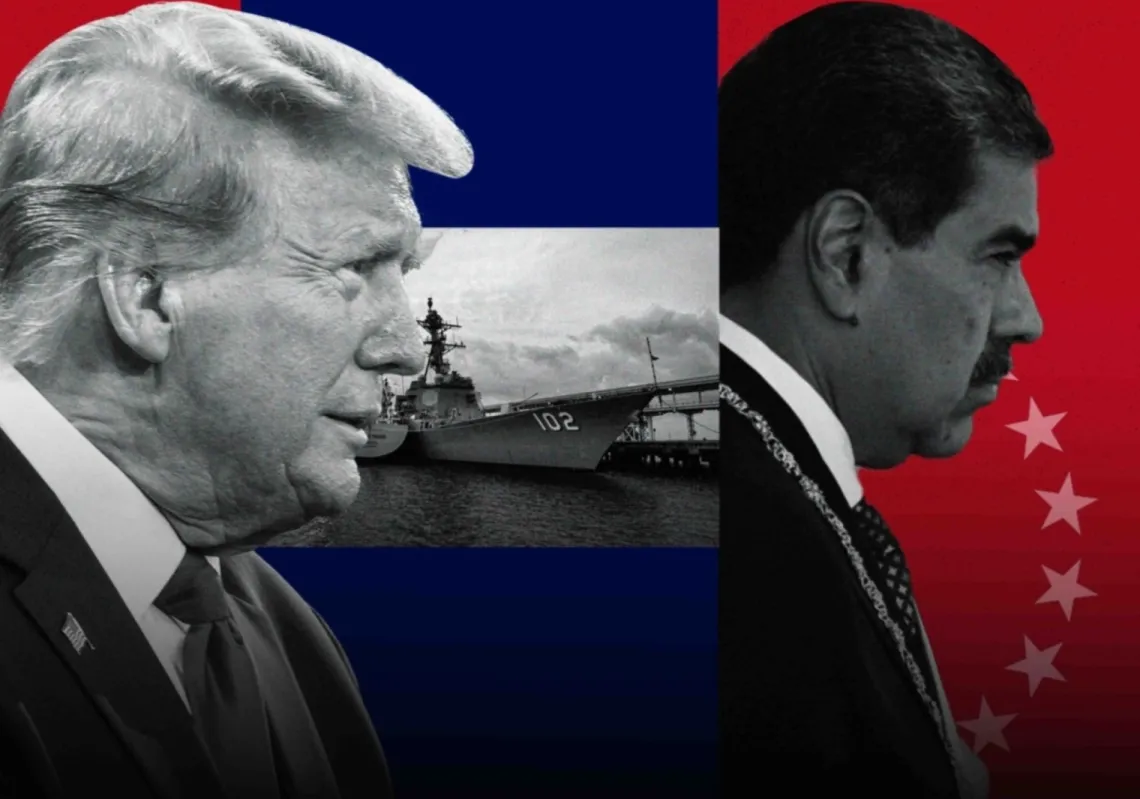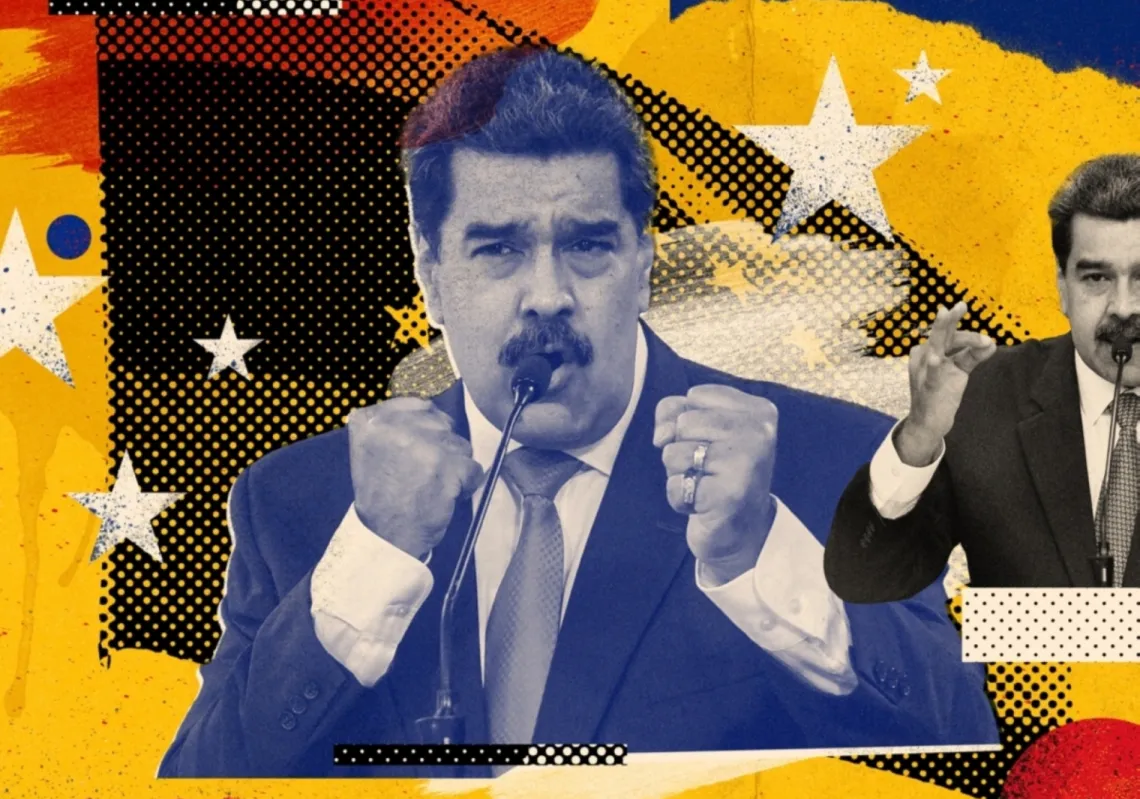After being handed over the reins of power from President Joe Biden, President-elect Trump will face a Middle East remarkably different from the one he experienced from 2017-2021, with a roaring war currently underway and grave questions as to the region’s future. Yet, in many respects, he has been handed an opportunity to continue and culminate his first-term policy of containing Iran and building a stable regional alliance that will require less, not more, US intervention.
To build on this opportunity, he should bring the current open conflict to a close, but with peace conditions that eliminate the risk of another October 7, and build on the Abraham Accords. This will require hard decisions and some risks, as Iran and its proxies may not yet be ready for the sort of peace the region needs, and the development of the Abraham Accords will require changes in attitudes towards the Palestinians on the part perhaps of the Trump administration and certainly the current Israeli government, but this is all feasible.
Such optimism may seem out of place—not only to observers but to the people of Israel, Gaza, and Lebanon, who have suffered so much in what The Economist in October termed “The Year That Shattered The Middle East.” It was, of course, right, but to understand the region and the chance Donald Trump has, it is important to understand the nature of this shattering, which did not begin on October 7, 2023, but 20 years earlier.
The region has many problems, from religious and ethnic tensions between Jews and Palestinians, Shiite and Sunni Muslims, Kurds and both Turks and Arabs, Hindu and Muslim, to terrorism and intervention by Russia and China. But in today’s Middle East, by far the biggest problem is Iran. To understand how it managed to become such a danger and how to contest it, one should start in 2003.
Iran's rise...and fall?
In 2003, Iran was supine, still recovering from defeats first in Iraq and then in the Tanker War. Its recent presidents were moderates, and apart from several terrorist attacks (Argentina, Khobar Towers), it had not thrown its weight around over the previous decade. It had but one regional proxy, Lebanese Hezbollah, and one ally, Syria’s al-Assad, to whom an isolated Iran was mainly a supplicant. Iran had not given up its hegemonic regional objectives (destroying Israel, driving the US out, and advancing its clandestine nuclear programme), but it appeared contained.
By October 7, 2023, Iran was in many ways the most powerful regional player, close to a nuclear weapon, and armed with thousands of long-range missiles. Through its powerful proxies, it had achieved near-state capture of Gaza, Lebanon and Yemen and was ever more influential in Iraq and Syria.
















